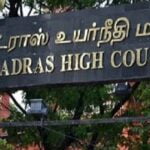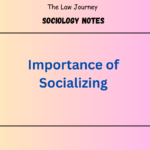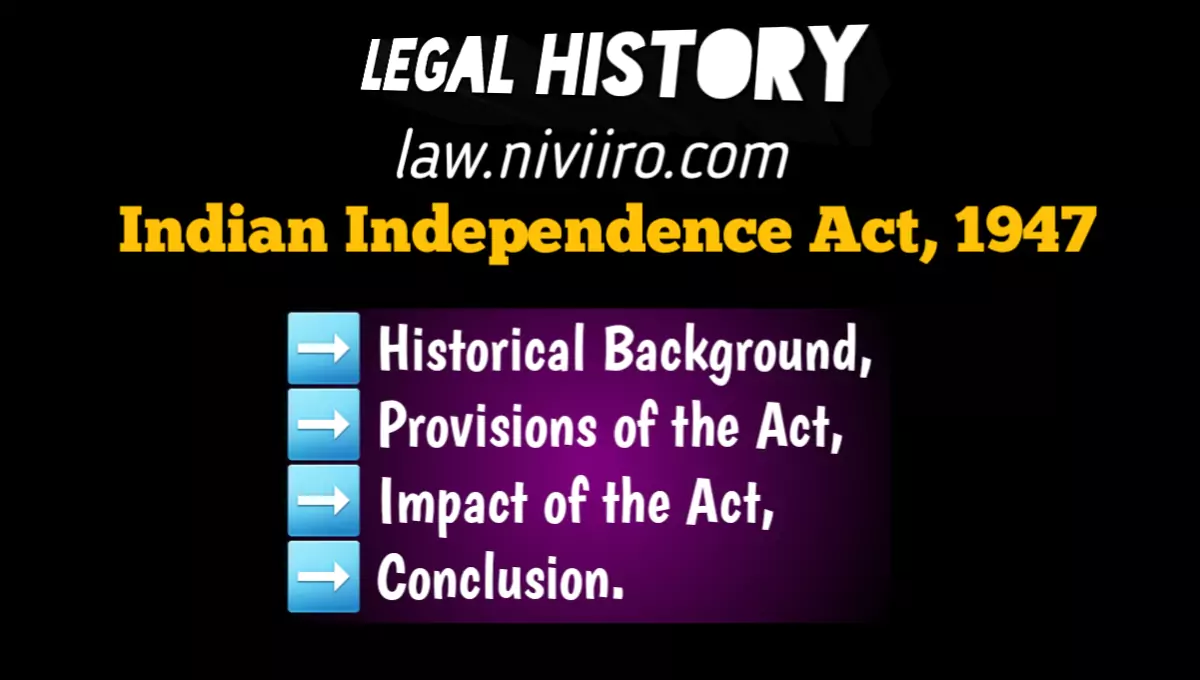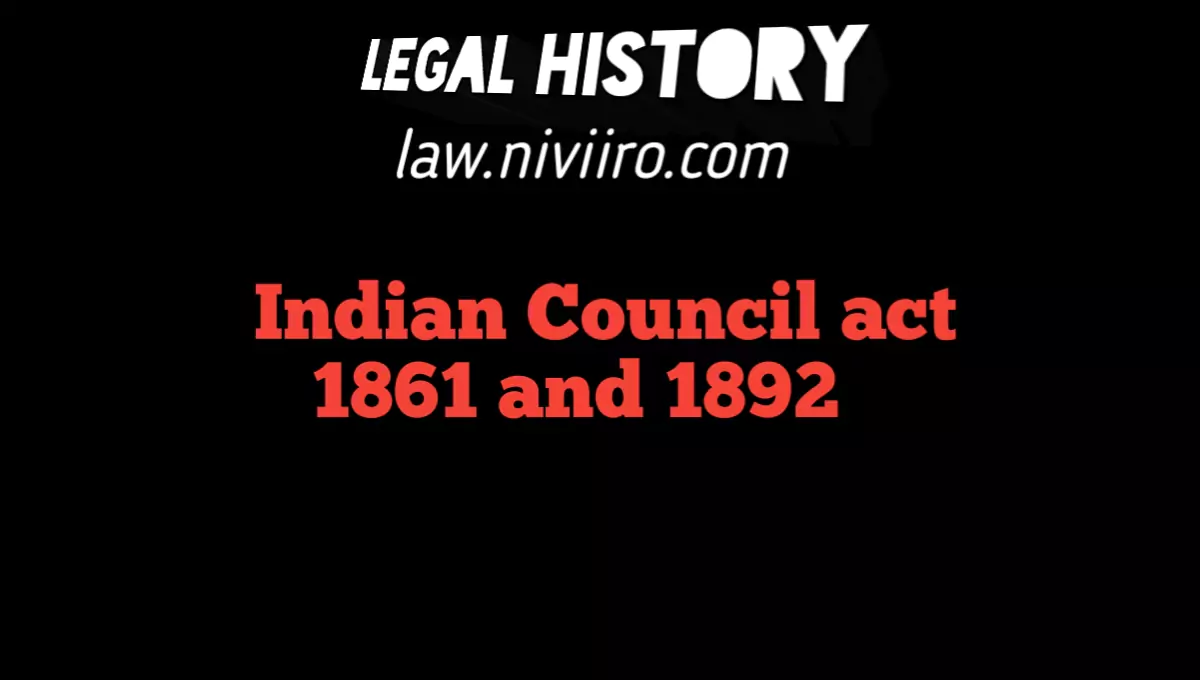The Indian High court act 1935 also known as Government of India act 1935 . The act was enacted in 1935 by British parliament.the act contained of provisions regulating the composition, Constitution and working of the high court . There were some changes in the constitution of the high courts.
Number of judges | Indian high court act 1935
Act of 1935 dropped the numerical limit and empowered To the King-in-Council to determine from time to time the number of Judges for each High Court. A High Court judge was to be appointed by Her Majesty, but the Governor-General-in-Council was given the power to temporarily appoint additional judges For a maximum period of 2 years.
Appointment System of judges | Indian high court act 1935
In India until 1935, judges held their positions during the pleasure of the Crown. Technically this meant that a High Court judge could be removed at any time by the Crown, but in practice, a convention had emerged that respected the independence of the judiciary and the rule of irrevocability of a High Court judge.
The Act of 1935 formalized the convention that a High Court judge would hold office until the age of 60. He could at first be removed by Her Majesty only on the ground of misbehavior or infirmity, if the Privy Council, in reference to this by Her Majesty, reported that the Judge should be removed on any such ground.
The Act also stipulated that barristers and advocates of 10 years should be eligible for appointment as judges of the High Court. The rule fixing the percentage to be appointed as High Court judges for certain categories of persons such as one-third barristers and one-third civil servants was found to be inconvenient and objectionable and hence dropped.
The appointing authority can now select a suitable person from amongst any eligible category of persons for appointment as a Judge of the High Court when the occasion arises.
Chief Justice | Indian high court act 1935
Under the Act of 1861 and 1915, only a trained lawyer could be appointed as a Chief Justice and a civilian judge could not be appointed as the Chief Justice of the High Court, howsoever senior he might be.
This restriction was dropped by the Act of 1935 and thus, civilian judges became entitled to be
appointed as the Chief Justice of the High Court. The prohibition imposed on the 3
High Courts from taking cognisance of any matter concerning revenue was continued
by this Act as well.
Administrative Control over High Courts | Indian high court act 1935
The Act of 1935 placed the administrative control of the High Courts in the concerned Provincial Government. Nevertheless,the Act took adequate care to safeguard judicial independence of the High Court and to immunize them from local political pressures.
It was laid down that the expense of a High Court would be charged upon the Provincial revenue, however, the Act also laid down that no discussion could take place in the legislature with respect to th conduct of the High Court judge in the discharge of his duties.
The Government of India Act, 1935, thus conferred a very dignified status on the High Courts. Their independence was adequately safeguarded. It was ensured that they be in a position to discharge their judicial functions impartially and without fear or favour.
Related Post
Refrences Book
- M. Rama Jois, Legal and Constitutional History of India
- Rankin G.C. Background to Indian Law
- M.P. Jain, Outlines of India Legal History
- Indian legal and constitutional history by Dr. N. V. Paranjape
- V.D. Kulshrestha, Landmarks in Indian Legal History
- A.B. Keith, Constitutional History of India

















